Mechanical tools are essential instruments used across various industries‚ including automotive repair‚ construction‚ and manufacturing. These tools are designed to perform specific tasks‚ such as cutting‚ tightening‚ measuring‚ and shaping materials. They are categorized into hand tools and power tools‚ each serving unique purposes. Hand tools‚ like wrenches‚ screwdrivers‚ and pliers‚ are manually operated‚ while power tools‚ such as drills and saws‚ rely on electric or pneumatic power for operation.
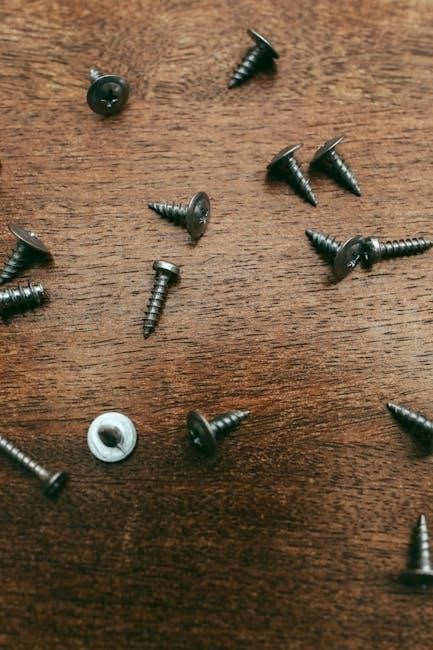
The importance of mechanical tools lies in their ability to simplify complex tasks‚ enhance precision‚ and improve efficiency. For instance‚ a torque wrench ensures bolts are tightened to the correct specification‚ preventing damage or loosening over time. Similarly‚ calipers and micrometers are critical for measuring parts with high accuracy‚ which is vital in engineering and machining processes.
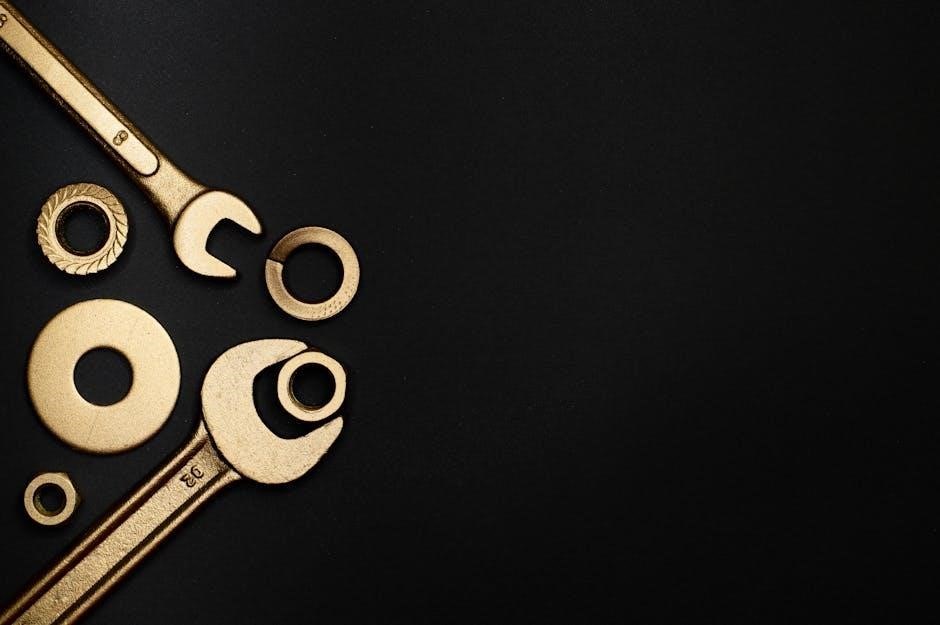
Resources like mechanical tools names and pictures PDF guides are invaluable for professionals and enthusiasts alike. These documents provide detailed descriptions‚ high-quality images‚ and practical applications of each tool. They serve as a reference for identifying the correct tool for a specific task‚ reducing errors‚ and enhancing productivity. Such guides are particularly useful for training purposes‚ helping newcomers familiarize themselves with the tools they will encounter in their work.
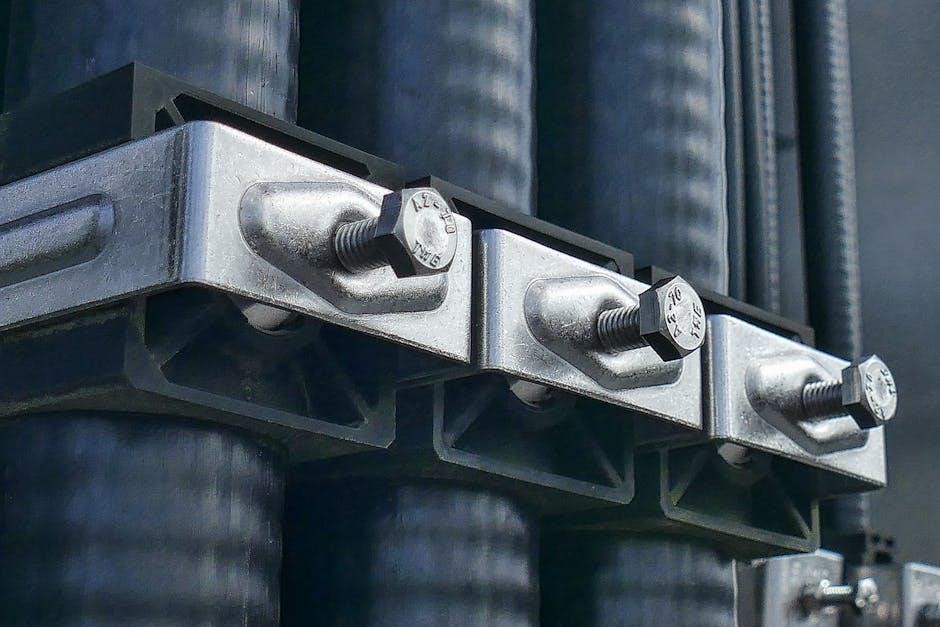
Understanding mechanical tools is fundamental for anyone involved in hands-on work. Whether in a repair shop‚ factory‚ or DIY project‚ these tools are indispensable. Their evolution over time has led to specialized designs tailored to specific industries‚ ensuring greater versatility and effectiveness. By mastering the use of mechanical tools‚ individuals can achieve professional results and maintain safety standards in their work.
Importance of Mechanical Tools
Mechanical tools are indispensable in various industries‚ including automotive repair‚ construction‚ and manufacturing; Their significance cannot be overstated‚ as they play a crucial role in simplifying complex tasks‚ enhancing precision‚ and improving overall efficiency. Whether it’s a handheld screwdriver or a power drill‚ these tools are designed to make work easier‚ safer‚ and more accurate.

One of the primary reasons mechanical tools are so important is their ability to simplify tasks that would otherwise be difficult or time-consuming. For example‚ a torque wrench is essential for tightening bolts to the correct specification‚ ensuring that parts remain secure and preventing potential damage from over-tightening or under-tightening. Similarly‚ tools like calipers and micrometers are critical for measuring parts with high accuracy‚ which is vital in engineering and machining processes. Without these tools‚ achieving the level of precision required in modern manufacturing would be nearly impossible.

Another key aspect of mechanical tools is their role in enhancing safety. Using the correct tool for a specific task reduces the risk of accidents and ensures that work is performed safely. For instance‚ using a screwdriver as a chisel can be dangerous and may result in injury or damage to the material being worked on. By having the right tool for the job‚ workers can minimize these risks and create a safer working environment. This is particularly important in industries where heavy machinery and high-pressure systems are involved.
Mechanical tools also play a significant role in increasing productivity. By providing workers with the right instruments for their tasks‚ these tools enable them to complete jobs more efficiently; For example‚ a power drill with interchangeable bits allows for quick and precise drilling in various materials‚ saving time and effort compared to using a manual drill. Similarly‚ tools like impact wrenches and air compressors are designed to handle heavy-duty tasks‚ reducing the physical strain on workers and allowing them to focus on more complex aspects of their work.
In addition to their practical applications‚ mechanical tools are also important for their educational value. Resources like mechanical tools names and pictures PDF guides are invaluable for training and familiarizing workers with the tools they will encounter in their profession. These guides often include detailed descriptions‚ high-quality images‚ and practical applications of each tool‚ making it easier for newcomers to learn and identify the correct tool for specific tasks. This educational aspect is particularly beneficial in industries where continuous learning and adaptation are essential.
Furthermore‚ mechanical tools are essential for maintaining and repairing equipment. In industries such as automotive repair‚ tools like socket sets‚ wrenches‚ and diagnostic equipment are crucial for identifying and fixing issues with vehicles. Without these tools‚ mechanics would be unable to perform routine maintenance‚ diagnose problems‚ or repair complex systems. This highlights the importance of having a well-stocked toolkit and understanding how to use each tool effectively.
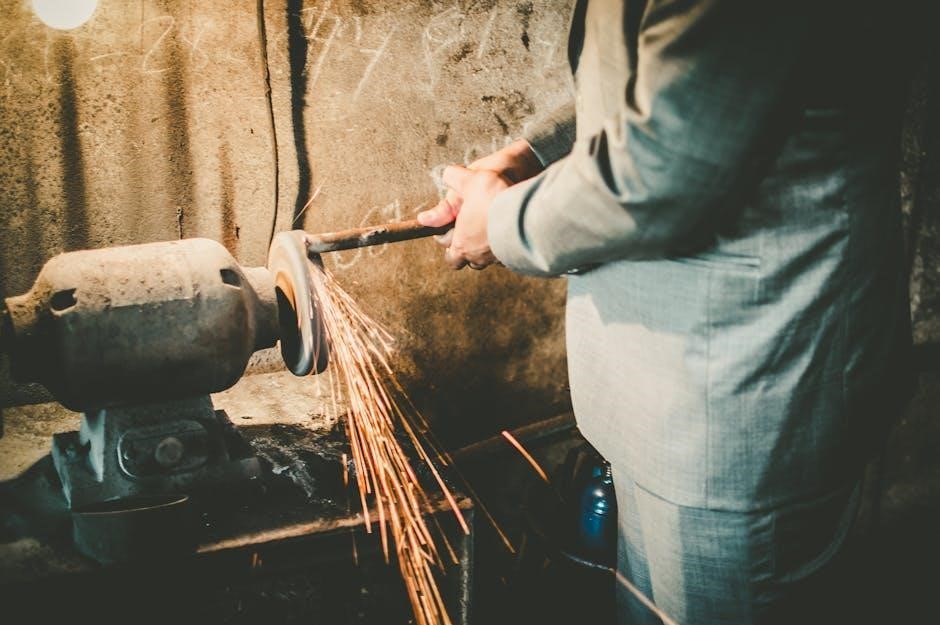
The importance of mechanical tools is also evident in their role in innovation. As industries evolve and new technologies emerge‚ the demand for specialized tools grows. For example‚ the development of electric vehicles has led to the creation of new tools designed specifically for working with high-voltage electrical systems. This adaptability ensures that mechanical tools remain relevant and essential in an ever-changing world.
Brief History of Tool Development
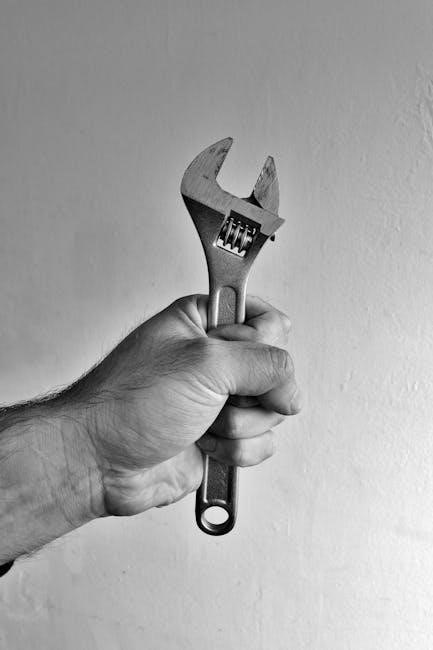
The development of mechanical tools dates back to the earliest days of human civilization‚ with tools evolving alongside technological advancements. From primitive stone tools to sophisticated precision instruments‚ the history of tool development is a testament to human ingenuity and the need to overcome challenges. This section explores the key milestones in the evolution of mechanical tools‚ highlighting how they have shaped industries and everyday life.
The earliest tools were crafted during the Stone Age‚ approximately 2.5 million years ago. These primitive tools‚ such as flint knives‚ scrapers‚ and hand axes‚ were made from stone and wood. They served basic purposes like cutting‚ carving‚ and shaping materials. As humans developed new techniques and materials‚ tools became more sophisticated. The discovery of metals‚ particularly copper‚ bronze‚ and iron‚ revolutionized toolmaking. Metal tools were stronger‚ more durable‚ and versatile‚ enabling early humans to construct shelters‚ farm‚ and craft goods with greater efficiency.
The ancient civilizations of Egypt‚ Greece‚ and Rome further advanced tool development. Egyptians‚ for instance‚ used copper tools for construction and agriculture‚ while the Greeks and Romans developed more specialized instruments for tasks like woodworking and blacksmithing. The invention of the wheel during this period also laid the foundation for more complex tools‚ such as lathes and pulleys‚ which would become essential in later centuries.
The Middle Ages saw significant advancements in tool design‚ particularly in Europe. The introduction of steel allowed for the creation of stronger and sharper tools‚ which were critical for blacksmithing‚ carpentry‚ and warfare. The development of the screwdriver‚ wrench‚ and pliers during this period marked the beginning of a new era in mechanical tool design. These tools were not only functional but also reflected a growing understanding of mechanics and engineering principles.
The Industrial Revolution in the 18th and 19th centuries was a turning point in the history of tool development. The introduction of steam power‚ machinery‚ and mass production techniques enabled the creation of precision tools on a large scale. Tools like the lathe‚ drill press‚ and milling machine became indispensable in factories‚ allowing for the mass production of parts and components. This era also saw the rise of interchangeable parts‚ pioneered by Eli Whitney‚ which further accelerated the development of standardized tools.
The 20th century brought about even more significant advancements‚ with the introduction of electric and pneumatic tools. Power tools like drills‚ saws‚ and impact wrenches revolutionized industries by increasing productivity and reducing manual labor. The development of specialized tools for specific industries‚ such as automotive and aerospace‚ also became more prevalent. For example‚ the invention of the torque wrench in the early 20th century was crucial for ensuring precision in bolting and fastening applications.
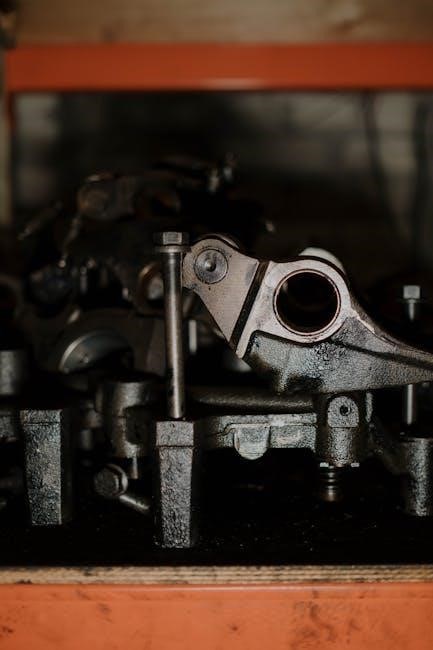
In recent decades‚ the digital age has further transformed tool development. Computer-aided design (CAD) and 3D printing technologies have enabled the creation of highly customized and complex tools. Modern tools often incorporate advanced materials‚ such as titanium and carbon fiber‚ which offer superior strength and durability. Additionally‚ the integration of sensors and smart technology into tools has opened new possibilities for real-time monitoring and optimization of tasks;
Resources like mechanical tools names and pictures PDF guides reflect the ongoing evolution of tool development. These documents provide detailed information about the latest tools‚ their applications‚ and their historical context. By studying these resources‚ professionals and enthusiasts can gain a deeper understanding of how tools have progressed over time and how they continue to shape industries today.

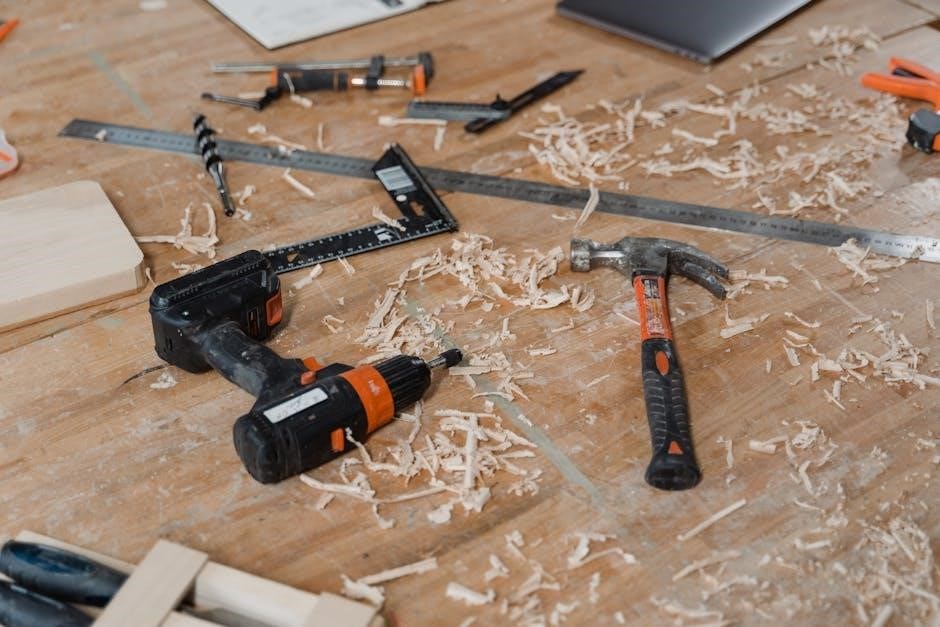
0 comments on “mechanical tools names and pictures pdf”Add yours →